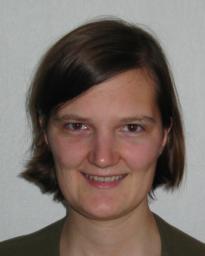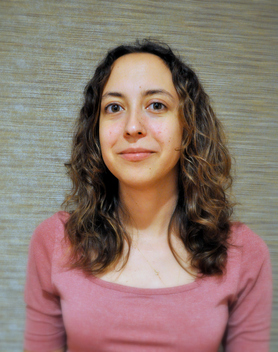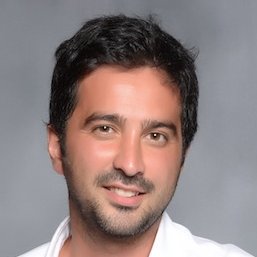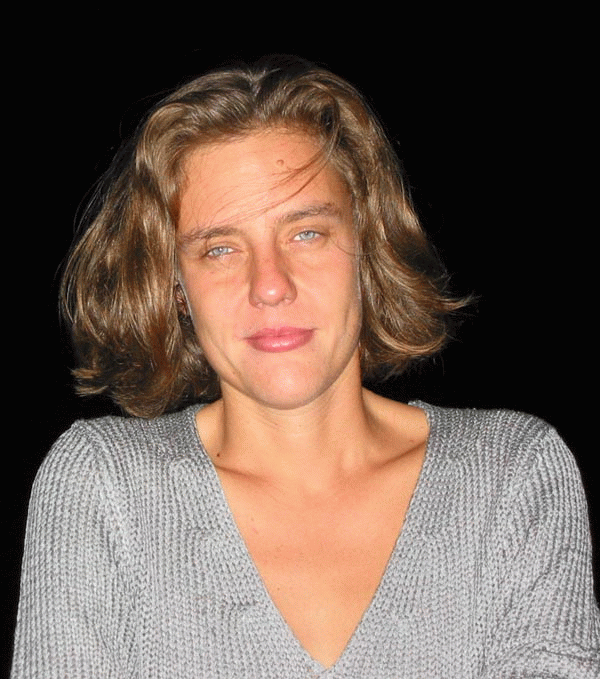2015 ChaLearn Looking at People Workshop CVPR
Invited speakers

Tinne Tuytelaars
Katholieke Universiteit Leuven, Leuven, Belgium
tinne.tuytelaars@esat.kuleuven.be
I received a Master of Electrical Engineering from the K.U. Leuven , Belgium in 1996. Since my graduation, I've been working at the VISICS -lab within ESAT - PSI of the Katholieke Universiteit Leuven , where I defended my PhD on december 19, 2000, entitled "Local Invariant Features for Registration and Recognition". During most of 2006 and early 2007, I was also parttime (20%) visiting scientist at the LEAR group of INRIA in Grenoble. Summer 2008, I visited the Making Sense from Data group at NICTA in Canberra, Australia. Summer 2010 I visited Trevor Darrell's group at ICSI/EECS UC Berkeley. Since October 2008, I'm appointed research professor (BOF-ZAP) at the K.U.Leuven.

Olga Russakovsky
Princeton University, Stanford, United States of America
olgarus@cmu.edu
Olga Russakovsky is an Assistant Professor in the Department of Computer Science, and affiliated faculty at the Center for Statistics and Machine Learning and the Center for Information Technology Policy. She is interested in developing artificially intelligent systems that are able to reason about the visual world. Her primary research area is computer vision, closely integrated with machine learning, human-computer interaction and fairness, accountability and transparency.

Alexandre Alahi
Standford University, Standford, United States of America
alahi@stanford.edu

Stan Sclaroff
Boston University, Boston, United States of America
sclaroff@bu.edu
Stan Sclaroff joined the BU Department of Computer Science in 1995 after completing his PhD at MIT. He founded the Image and Video Computing research group at Boston University in 1995. He served as the Chair of the Department from 2007-2013. Stan’s research interests are in computer vision, pattern recognition, and machine learning. Stan is an expert in the areas of tracking, video-based analysis of human motion and gesture, deformable shape matching and recognition, as well as image/video database indexing, retrieval, and data mining methods. He developed one of the first content-based image retrieval systems for the Internet, the ImageRover, years before Google Image Search appeared. His more recent work has focused on human tracking algorithms, analysis and identification of hand motion related to sign language, and filtering methods for multimedia retrieval.

Cordelia Schmid
INRIA Grenoble, Montbonnot-Saint-Martin, France
cordelia.schmid@inria.fr
Cordelia Schmid holds a M.S. degree in Computer Science from the University of Karlsruhe and a Doctorate, also in Computer Science, from the Institut National Polytechnique de Grenoble (INPG). Her doctoral thesis on "Local Greyvalue Invariants for Image Matching and Retrieval" received the best thesis award from INPG in 1996. She received the Habilitation degree in 2001 for her thesis entitled "From Image Matching to Learning Visual Models". Dr. Schmid was a post-doctoral research assistant in the Robotics Research Group of Oxford University in 1996--1997. Since 1997 she has held a permanent research position at INRIA Rhone-Alpes, where she is a research director and directs an INRIA team. Dr. Schmid is the author of over a hundred technical publications. She has been an Associate Editor for IEEE PAMI (2001--2005) and for IJCV (2004--2012), editor-in-chief for IJCV (2013---), a program chair of IEEE CVPR 2005 and ECCV 2012 as well as a general chair of IEEE CVPR 2015. In 2006, 2014 and 2016, she was awarded the Longuet-Higgins prize for fundamental contributions in computer vision that have withstood the test of time. She is a fellow of IEEE. In 2013, she was awarded an ERC advanced grant on "Active Large-scale LEarninG for visual RecOgnition" and in 2015 a Humboldt Research Award.
News
There are no news registered in